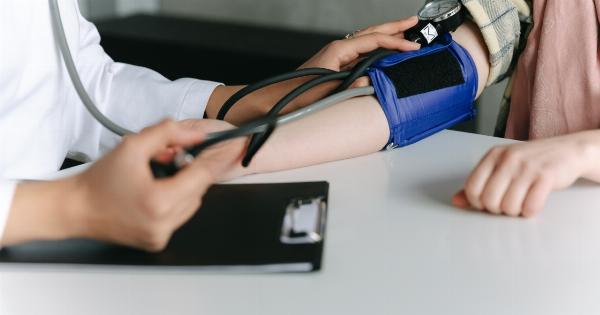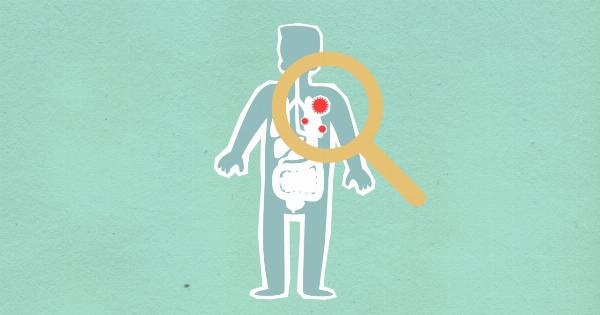The lungs are an essential organ responsible for the exchange of oxygen and carbon dioxide in the body. When the lungs face any form of distress, it can have a significant impact on a person’s overall health and well-being.
In this article, we will explore the detrimental duo of lungs combination and respiratory distress, discussing its causes, symptoms, and potential treatments.
Understanding the Lungs
The lungs are a pair of vital organs found in the chest cavity, protected by the ribcage. Their primary function is to facilitate the intake of oxygen and elimination of carbon dioxide through a process known as respiration.
Through a complex network of bronchial tubes and air sacs called alveoli, the lungs allow oxygen to enter the bloodstream while removing waste gases produced by the body.
Respiratory Distress and its Causes
Respiratory distress refers to a range of symptoms and conditions that hinder the normal functioning of the respiratory system. It can be caused by various factors, including:.
1. Infections
Respiratory infections, such as pneumonia, bronchitis, or influenza, can lead to inflammation of the airways and result in respiratory distress. These infections can be caused by bacteria, viruses, or fungi.
2. Allergies
Allergic reactions, such as asthma or allergic rhinitis, can cause the airways to become narrowed and inflamed, leading to breathing difficulties. Allergens like pollen, dust mites, or pet dander are common triggers for allergic respiratory distress.
3. Chronic Obstructive Pulmonary Disease (COPD)
COPD is a progressive lung disease that encompasses various conditions like chronic bronchitis and emphysema. It causes long-term breathing problems by obstructing the airways and reducing lung function.
4. Environmental Factors
Exposure to environmental pollutants, such as tobacco smoke, air pollution, or chemicals, can have detrimental effects on the lungs and lead to respiratory distress. Prolonged exposure to these substances can cause irreversible damage over time.
Signs and Symptoms of Respiratory Distress
Respiratory distress can manifest in several ways, including:.
1. Shortness of Breath
One of the most common symptoms is difficulty breathing or feeling breathless, even during minimal exertion.
2. Wheezing
Wheezing is a high-pitched whistling sound produced during breathing, typically caused by narrowed airways.
3. Chest Pain
Patients experiencing respiratory distress may often feel chest tightness or pain, which can be a result of the added strain on the lungs.
4. Coughing
A persistent cough that produces phlegm or sputum may indicate an underlying respiratory issue.
5. Blue Tinted Lips or Fingernails
In severe cases of respiratory distress, the lack of oxygen in the blood can lead to a bluish discoloration of the lips or fingernails.
Diagnosis and Treatment
Diagnosing the cause of respiratory distress requires a thorough examination by a healthcare professional. This may include:.
1. Physical Examination
A doctor will listen to the patient’s breathing using a stethoscope and assess other vital signs to identify any abnormalities.
2. Lung Function Tests
Lung function tests, such as spirometry or peak flow measurements, can help assess the severity of the respiratory distress and determine lung capacity.
3. Imaging Techniques
Chest X-rays or CT scans may be conducted to visualize the lungs and identify any structural abnormalities or signs of infection.
4. Blood Tests
Blood tests can help determine oxygen levels, check for signs of infection or inflammation, and assess overall organ function.
The treatment for respiratory distress will depend on its underlying cause:.
1. Medications
In cases of infections or allergies, appropriate medications such as antibiotics, antivirals, or corticosteroids may be prescribed to alleviate symptoms and treat the underlying condition.
2. Bronchodilators
For conditions like asthma or COPD, bronchodilators are often used to relax the airway muscles and improve breathing.
3. Oxygen Therapy
In severe cases where oxygen levels are critically low, supplemental oxygen therapy may be administered to ensure the body receives an adequate oxygen supply.
4. Lifestyle Changes
Avoiding tobacco smoke, reducing exposure to pollutants, maintaining a healthy weight, and adopting good respiratory hygiene practices can significantly improve lung health and reduce the risk of respiratory distress.
Conclusion
The lungs and respiratory system play a crucial role in maintaining overall health, making respiratory distress a concerning condition.
Recognizing the signs and symptoms of respiratory distress, understanding its causes, and seeking timely medical attention is essential for early diagnosis and effective treatment. By prioritizing lung health and adopting preventive measures, individuals can minimize the risks associated with respiratory distress and promote overall well-being.






























